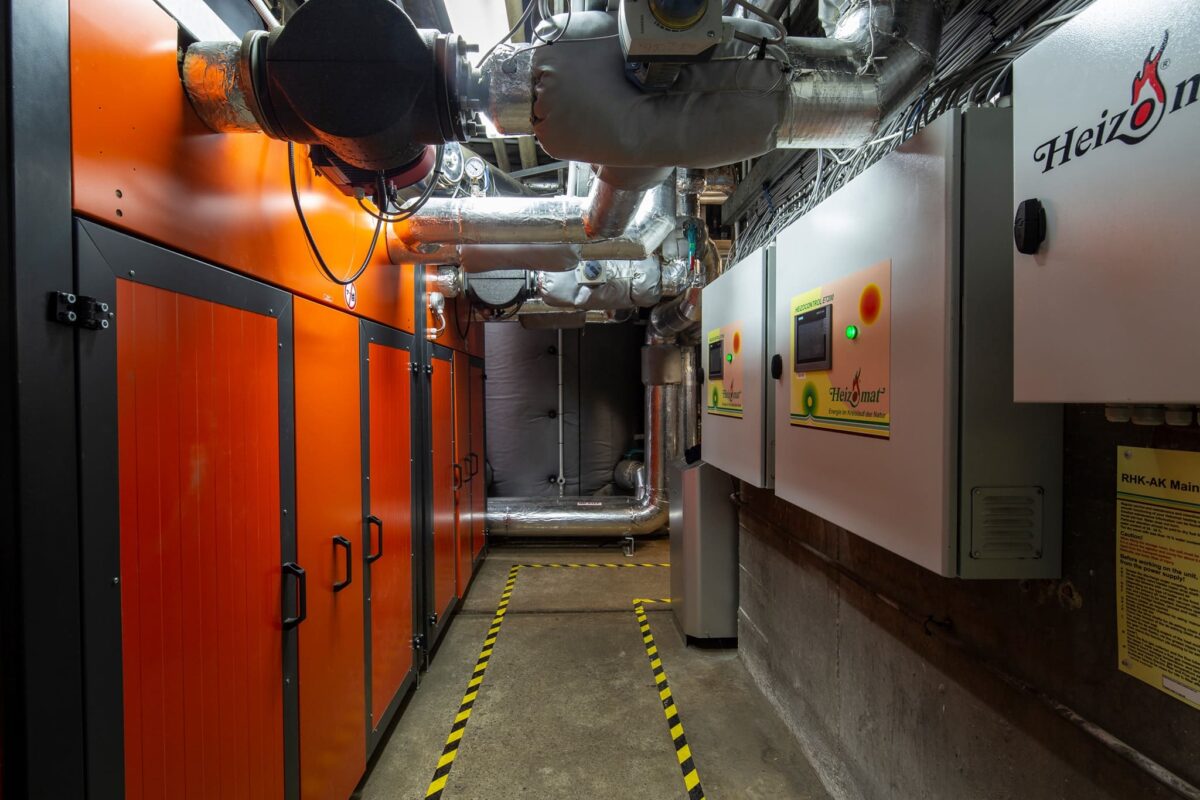Otago Boys High School – Dunedin’s largest school with 811 students — was having issues with their heating. Not ideal in a town where winter mornings can drop to -2ºC!
The brief
Originally, the school had three coal-fired boilers, installed in the 1970s in a below-ground boilerhouse. The boilers operated on coal until 2010 when they were converted to wood pellet firing – a more eco-friendly, sustainable fuel option. However, the wood pellets came with their own issues: they halved the capacity of the boilers and the school lost half their heat. There were constant issues with the operation of the boilers, as they needed to be re-tuned to run on an alternative fuel. And the classrooms weren’t getting warm enough. The wood pellets were expensive, and storage was an issue: they can expand and fall apart when exposed to any moisture, which means they won’t burn. In addition to this, the boilers, valves and controls needed replacing due to their age and condition — the boilers were almost 50 years old so the likelihood of a significant event and loss of heating to the school was real.
Otago Boys High asked Jacksons to create a design and build document for the replacement of the old system with new wood chip boilers.
Our solution
Our design included two smaller boilers, instead of one big one – this gave the school better control so they could just use one on moderately cool days and both when maximum heating was needed. We upgraded the air venting (air locking had been an ongoing issue with the original system), water flows and controls, allowing the heat to be used more effectively across the widely spread site.
Wood chips are a more economical fuel option than pellets — they are cheaper and give a better return on cost. However, we had to increase the available storage space for the chips, so the school wouldn’t have to constantly call in trucks to refuel during winter.
Working with a heritage listed building, we took care not to alter things too much with our design, instead upgrading what was there to avoid affecting the structure of the buildings.
Our design allowed for the boilers to heat the classrooms, auditorium, library, administration rooms and the school swimming pool. A new heat pump was also installed as an alternative heating source for the swimming pool so the boilers didn’t need to run just for the pool in summer, which would be uneconomical.
We worked with local provider Pioneer Energy to implement our solution.
The outcome
The job was completed in August 2020 and school representatives report that the heating is significantly better — to the extent that the floorboards now squeak, having shrunk due to the warmer, drier air. The school energy representative estimated that this design will reduce the annual heating costs from around $120,000 to $60,000 – a substantial saving for the school to go with the improved heating and a great win-win outcome.
